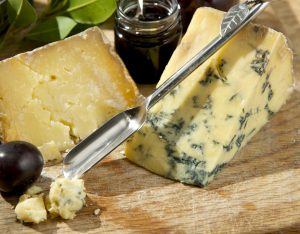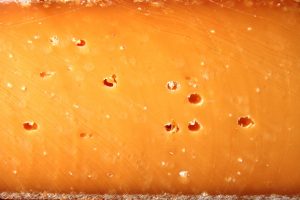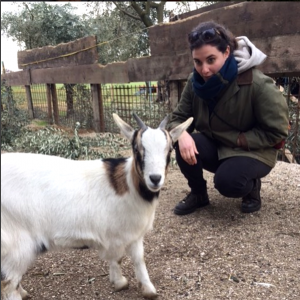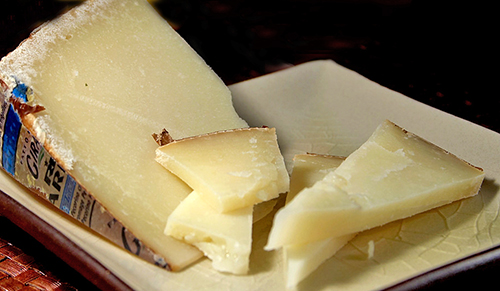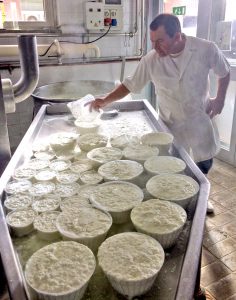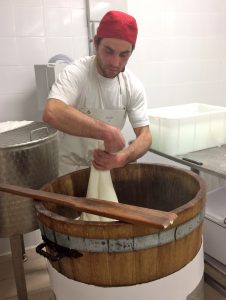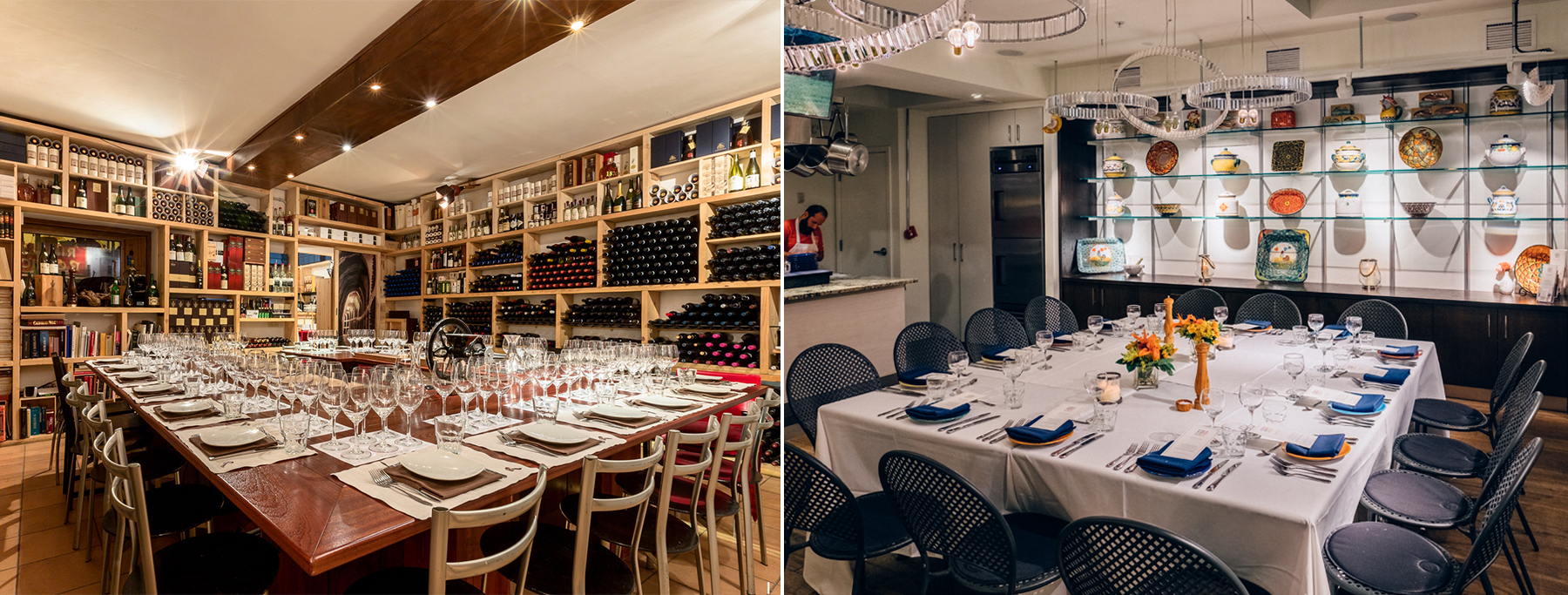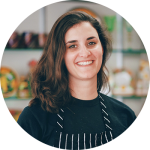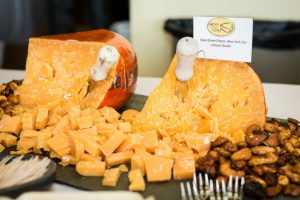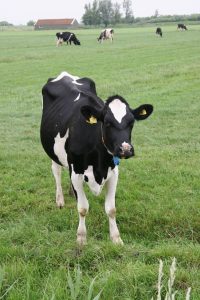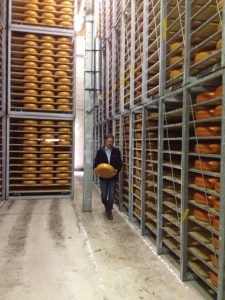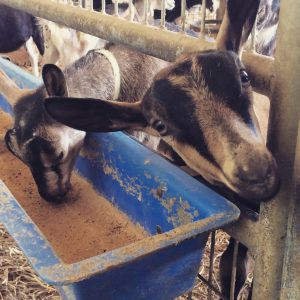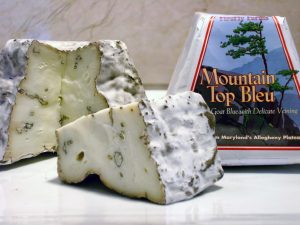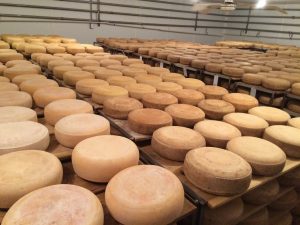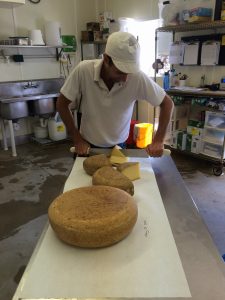 This week, or weekend, rather, Suzy and I headed west to visit our son who lives in Oakland. Preferring to escape the city for the weekend, we headed north to Sonoma wine country, with a too-brief visit to beautiful Point Reyes on our first day.
This week, or weekend, rather, Suzy and I headed west to visit our son who lives in Oakland. Preferring to escape the city for the weekend, we headed north to Sonoma wine country, with a too-brief visit to beautiful Point Reyes on our first day.
About an hour’s drive from San Francisco and Oakland, Point Reyes seems far more distant. The seashore, which is a national park separated from the mainland by the Tomales Bay, is actually part of the Pacific continental plate, nestling against the North American continental plate in the narrow bay. The landscape is breathtaking, mountains giving way to estuaries and beach, the Pacific Ocean churning in the distance. We made a quick visit to the National Park and were able to see baby elephant seals warming their bodies on the sandy beach with their mamas. Not your typical DC vista.
We also took in a visit to nearby Marshall and celebrated our arrival on the west coast with an outdoor lunch of raw oysters, pulled from the Tomales Bay just in front of us by the Tomales Bay Oyster Company.
But the highlight of our first day in California was our visit to the nearby Giacomini dairy, the family owned home of the Point Reyes Farmstead Cheese Company. We spent the better part of a couple of hours touring the farm, learning about their cheeses, their herd, their philosophy. It was a great start to our west coast sojourn.
The Point Reyes Farmstead is open for public visits, but only by prior arrangement. A sign announces the Giacomini Farm, but gives no hint that the farm is associated with the well known and even better regarded Point Reyes Farmstead Cheese Company. From the main road, the Route 1 that meanders along the Tomales Bay, you see only rolling farmland, verdant green at this time of the year but burnt brown during the summer. Wandering along the private drive you eventually summit a hill below which extends the farm in all of its glory, hidden from sight of the highway, occupying a vast expanse of pasture and numerous sheds, ponds, cheesemaking rooms and offices and a visitor/education center. This may be a family run business, but it is a vast enterprise.
Our hourlong tour of farm focused mainly on the stars of the show, the herd of 900 or so cows that provide the milk that is made into Point Reyes’ dozen or so cheeses. The cows are health and happy – lovingly cared for in a facility that is clean, tidy and odor free. It is hard to imagine that you are actually on a farm.
Sustainability and environmental sensitivity are incorporated into all aspects of the business. Of particular interest is the methane recycling system that turns the cows’ solid waste into energy that powers the vast majority of the operation before being returned to the fields as fertilizer. It is just one of the smart, one would say elegant approaches to this business that shows it is being managed from the heart as well as the mind and ledger.
But the real proof is in the pudding, or in this case cheese. We have long been fans of Point Reyes’ blue cheese, their flagship offering which is still made entirely on premises at the family farm. Our swag bag that we were sent home with included a healthy portion of blue but also their delicious gouda among others.
That evening, after we had checked into our lodging for the night, we enjoyed a home made cheese board (apologies to our cheesemongers back in DC who are a bit more artistically inclined) featuring our samples from the tour, as well as a few others we picked up in a local market. It went down oh so well, rewarding us with great flavors that were bolstered by the excellent memories of our visit to the Giacomini’s dairy.
Ci vediamo!
Bill and Suzy




















